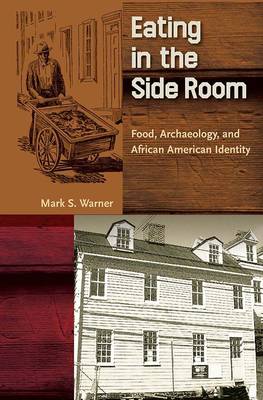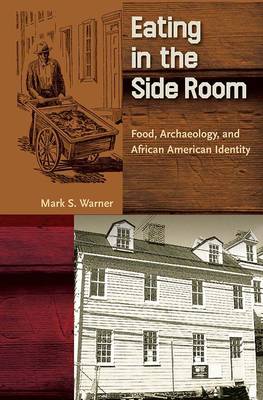
- Retrait gratuit dans votre magasin Club
- 7.000.000 titres dans notre catalogue
- Payer en toute sécurité
- Toujours un magasin près de chez vous
- Retrait gratuit dans votre magasin Club
- 7.000.0000 titres dans notre catalogue
- Payer en toute sécurité
- Toujours un magasin près de chez vous
Description
An archaeological study of African American foodways in
nineteenth-century Annapolis
In Eating in the Side Room,
Mark Warner uses the archaeological data of food remains recovered from
excavations in Annapolis, Maryland, and the Chesapeake to show how African
Americans established identity in the face of pervasive racism and
marginalization.
By
studying the meat purchasing habits of two African American families--the
Maynards and the Burgesses--Warner skillfully demonstrates that while African
Americans were actively participating in a growing mass consumer society, their
food choices subtly yet unequivocally separated them from white society. The
"side rooms" where the two families ate their meals not only
satisfied their hunger but also their need to maintain autonomy from an
oppressive culture. As a result, Warner claims, the independence that African
Americans practiced during this time helped prepare their children and
grandchildren to overcome persistent challenges of white oppression.
Publication of the paperback edition made possible by a Sustaining
the Humanities through the American Rescue Plan grant from the National
Endowment for the Humanities.
Spécifications
Parties prenantes
- Auteur(s) :
- Editeur:
Contenu
- Nombre de pages :
- 208
- Langue:
- Anglais
- Collection :
Caractéristiques
- EAN:
- 9780813061115
- Date de parution :
- 15-09-15
- Format:
- Livre relié
- Format numérique:
- Genaaid
- Dimensions :
- 152 mm x 229 mm
- Poids :
- 476 g

Les avis
Nous publions uniquement les avis qui respectent les conditions requises. Consultez nos conditions pour les avis.






